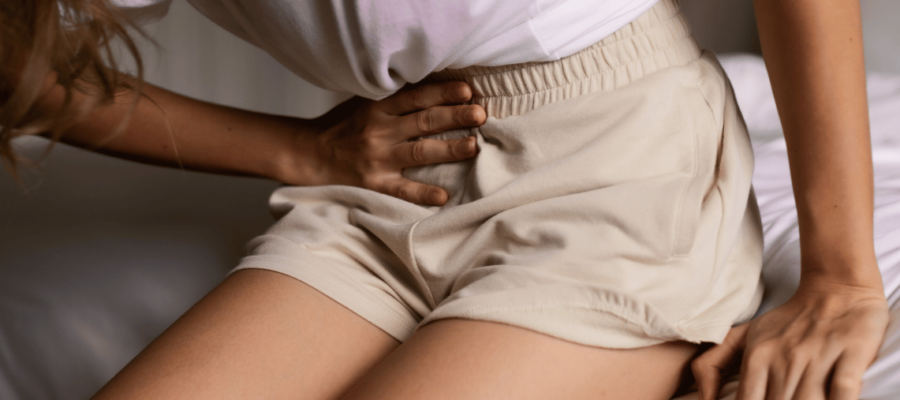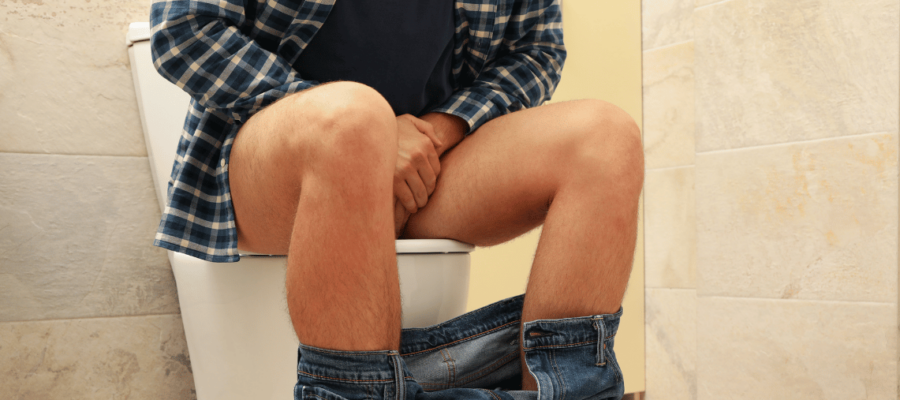1. What can be done to prevent leakage in patients who have hemiparesis, for example?
Everything begins with a comprehensive examination of the past. What is the source of your incontinence issue? In order to discover an answer to this question in your circumstance, diagnostics is critical. Intermittent catheterization, for example, may lessen or eliminate undesired urine flow if there is bladder retention. Exercises for the pelvic floor, bladder training, and neurostimulation are all options to consider.
If you need to use (extra) absorption materials, make sure they fit properly. Then consider the wearer’s reception ability, wishes/possibilities, and a model that complements his or her physique. It should be used correctly and changed on a regular basis.
Every body is different, and finding appropriate material for some people might be difficult. Spasms, crookedness, physical restrictions, being wheelchair-bound, and being bedridden are all examples of this. However, lying sideways might lead to leaking, thus a protective, washable mattress cover is often recommended. An external (condom) catheter can be used to prevent leaks in men.
If you can’t work it out on your own, talk to a continence nurse at your company or ask the supplier for help. Always keep in mind that there is no one-size-fits-all solution that will work for everyone.
2. What if the heaviest incontinence product is not enough, for example for the night?
Which method you choose is entirely dependent on the situation. Is someone changing their clothes again in the middle of the night? Is there a bathroom break in between? Is it possible to spend the night with a (external) catheter? If none of these solutions are available, there is incontinence material that can absorb up to 4 liters.
Permeable inserts can be used to supplement this if necessary.
3. What kind of inco material do you use for skin disorders, such as Lichen sclerosus?
Itching and soreness are common symptoms of lichen sclerosus in women, especially in the vaginal area. Tears, wounds, and scar tissue are all possibilities. Choose the softest possible material with a cotton top layer against the skin because the skin is extremely delicate.
In order to avoid moisture or ‘clogging’ in the absorption layer of the absorption material, the absorption capacity and thickness of the material must also be correct. These, after all, produce skin irritation and so (re)flare of Lichen sclerosus. A bamboo-based washable incontinence material is also available. This is particularly soft and may be a good option for those who have only a small amount of urine loss.
4. Is there a certain “policy” when it comes to exchanging incontinence products?
The answer to this question is contingent on who you ask. Everyone has their own ‘policy,’ including the patient, your coworker, the institution, the manufacturer, the supplier, and the health insurer. The responses are frequently dissimilar. Make an effort to convey that you are focused on results. This means that the incontinence product chosen is adapted to the user’s individual desires, circumstances, lifestyle, and physical characteristics, as well as the aid’s features.
Only in this way will the user be able to continue to participate as fully as possible in society. This has a price tag attached to it by health insurance and vendors. The difficulty for you as a caregiver is to keep your attention on the user: if they can continue to do their daily activities because the appropriate incontinence product was chosen (with evidence), this results in a cost savings in the long run.
















